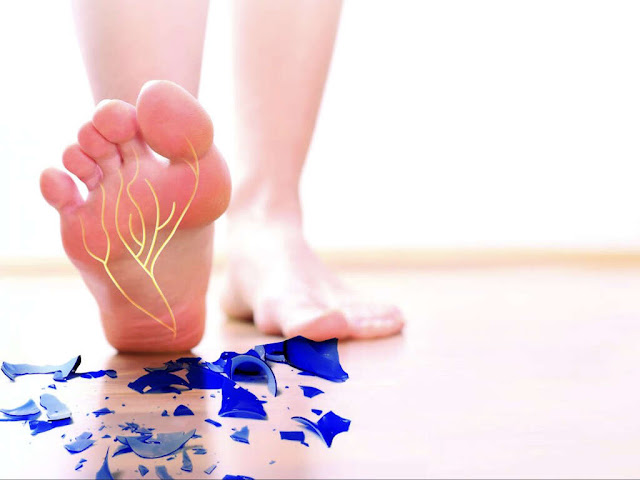 |
Muscular Dystrophy Treatment |
Muscular dystrophy refers to a set of hereditary illnesses that cause muscular degeneration and weakness over time. The absence of a protein called dystrophin, which is required for proper muscular function, causes this damage and weakening. Walking, swallowing, and muscular coordination can all be affected by a lack of this protein.
The kind and intensity of symptoms determine the prognosis for
muscular dystrophy. Most people with muscular dystrophy, however, lose their ability to walk and eventually need a wheelchair. Muscular dystrophy has no known cure, however various therapies may assist.
Muscular dystrophy can strike at any age, although it is most commonly diagnosed in children. This illness is more common in young males than in young girls.
How is muscular dystrophy diagnosed?A number of different tests can help your doctor diagnose a muscular dystrophy. Your doctor can:
- Check your blood for enzymes released by damaged muscles
- test your blood for the genetic markers of muscular dystrophy
- perform an electromyography test on your muscle’s electrical activity using an electrode needle that enters your muscle
- perform a muscle biopsy to test a sample of your muscle for muscular dystrophy
Treatment:- Treatments for some forms of muscular dystrophy can help extend the time a person with the disease can remain mobile and can improve the strength of the heart and lungs. Clinical trials for new treatments are currently in progress.
- You can treat the condition with medication, physical and occupational therapy, as well as surgery and other methods. Treatment plans are adjusted as the disease progresses based on assessments of walking, swallowing, breathing, and hand function.
- It is important that people with muscular dystrophy are monitored throughout their lives. Physical and occupational therapists should be part of their care team, as well as a neurologist skilled in neuromuscular disease.
- Other specialists may be needed, such as a pulmonologist, heart specialist, sleep specialist, endocrinologist, orthopedic surgeon, and others.
It is common for muscular dystrophy to run in families. Mutations in a gene that causes muscular dystrophy can be inherited by a child whose parent has the disease. A person with the mutated gene does not always develop muscular dystrophy. Children of these healthy adults (carriers) may develop the disease if they inherit the mutated gene.




Comments
Post a Comment